#french canadian
Text

Flora Gionest-Roussy
Gender: Non binary (unsure on pronouns)
Sexuality: Queer
DOB: 20 November 1995
Ethnicity: White - French Canadian
Occupation: Singer, songwriter, musician, drag artist, actor, photographer
#Flora Gionest Roussy#lgbt#lgbtq#femme#lgbt+#non binary#queer#1995#white#french canadian#canadian#singer#songwriter#musician#drag artist#actor#photographer
53 notes
·
View notes
Text

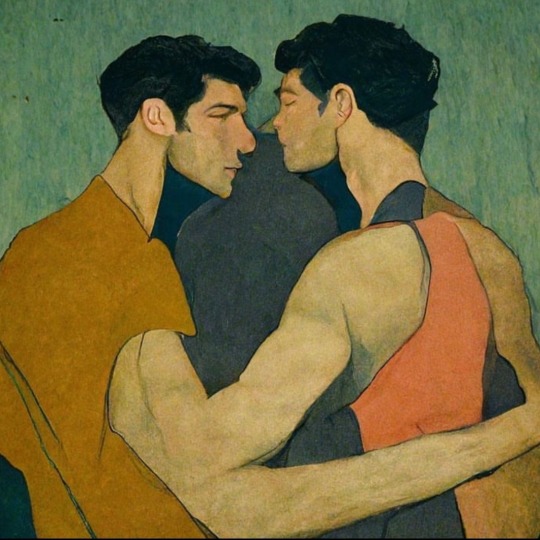







J'ai tué ma mère 2009 dir.Xavier Dolan
#i killed my mother#J'ai tué ma mère#xavier dolan#2009#drama movies#romantic#french canadian#cinema#lgbtq movies#aesthetic
70 notes
·
View notes
Text

Let there be light!
#french canadian#folk magick#witchblr#christianity#witchcraft#quebec#folk magic#altars#halifax#acadia
41 notes
·
View notes
Text
Lance really pulled out the classic Québécois cuntiness today and yall are too weak to appreciate it
#whatever happened to cultural appreciation /j#lance stroll#idek what he did really LMAOOO#f1#qatar gp 2023#canada#quebec#french canadian
52 notes
·
View notes
Text
Fenton: "She's French!"
Maria: "I thought she was Canadian."

As a French-Canadian, I feel seen😌
Thank you, Huey
#canada#canadian#ducktales#ducktales 2017#huey duck#alt text#image described#french-canadian#french canadian
43 notes
·
View notes
Text
🥹🥹


#source: tumblr#source: instagram#three pines#armand gamache#armand x reine marie#alfred molina#louise penny#chief inspector armand gamache#alfred molina as armand gamache#miss them#love this show#french#quebec#canada#french canadian#montreal
20 notes
·
View notes
Text


On July 4, 1914 - An explosion demolished the upper stories of an apartment building in East Harlem, killing anarchist Arthur Caron and several colleagues. Caron had been among those who protested the involvement of the Rockefeller family in April's "Ludlow Massacre." It appeared that Caron and his associates were building the bomb meant to kill John D. Rockefeller Jr., when it exploded.
(The Ludlow Massacre occurred April 20, 1914, when Colorado state troops and a private force hired by a Rockefeller-owned coal mining company attacked and destroyed a tent camp of striking miners and their families.)
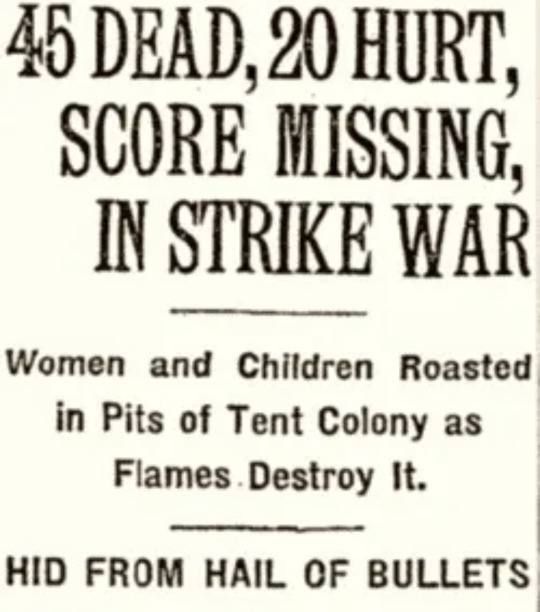
An official report stated that at least twenty-five people - including fourteen children and two women - perished in the massacre. Earlier reporting put the death toll at a minimum of forty-five people, with women and children accounting for thirty of those deaths.
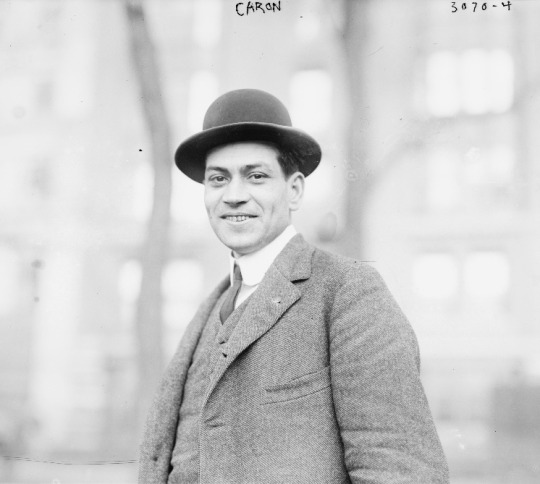

Left: Photograph shows French Canadian anarchist Arthur Caron, a member of the Industrial Workers of the World (IWW), who was killed in the Lexington Avenue bombing of July 4, 1914 in New York City.
Right: Photograph shows members of the Industrial Workers of the World (IWW), who were involved in the Lexington Avenue bombing of July 4, 1914, New York City. Group includes Arthur Caron and Charles Plunkett.


Photograph shows the destruction caused by a bomb at 1626 Lexington Avenue, New York City, which killed four people and injured many others. Anarchist conspirators were making the bomb which they intended to put at John D. Rockefeller's home in Tarrytown, New York.
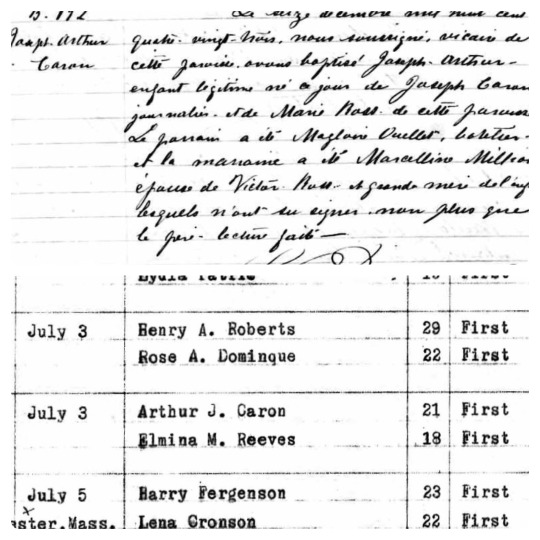
Above: Baptism record of Joseph Arthur Caron, Beauport, Quebec, Canada, 1883. His father is recorded as a day laborer.
Below: Fall River, Massachusetts marriage record for Arthur Caron and Elmina Reeves, 3July, 1905.

Indexed New York death record information.
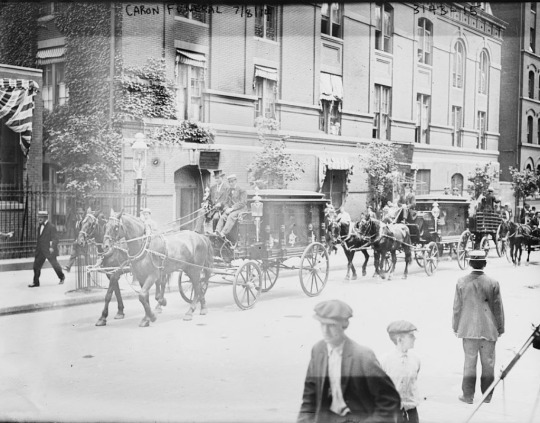
Funeral procession for French Canadian anarchist Arthur Caron, a member of the Industrial Workers of the World (IWW), who was killed in the Lexington Avenue bombing of July 4, 1914 in New York City.
More information:
#arthur caron#anarchist#french canadian#genealogy#family history#true crime#ancestry#anarchism#american politics#ancestors#crime history#family photos#genealogical#family#newspaper#john d. rockefeller#rockefeller#crime#bombing#politics#radical politics#progressive politics#canadian#fall river#new york city#new york#manhatten#anarchy
20 notes
·
View notes
Text

Notre-Dame-de-la-Visitation Church, in Champlain, Quebec.
#french canadian#quebec#church#travel#architecture#wandering#original photography#photographers on tumblr#lensblr#photography#church architecture#historical architecture#champlain#roadtrip#wanderingjana
20 notes
·
View notes
Text
In Cinderella Tales From Around the World, I've now read all the tales from the United States and Canada. Most of these variants are Native American; some scholars think the archetype of Cinderella spread to these tribes from French Canadian settlers, but the indigenous people made it their own. There are also some US and Canadian variants from non-indigenous sources, which the book follows with two similar versions from the West Indies.
*The first Native American variant in this book is an Ojibwe version. The heroine is abused by her stepmother and two stepsisters, but a manitou (spirit) gives her fine clothes and a magical box in which to secretly store them. Some time later, the stepmother sends her to fetch water, and along the way the girl meets her grandmother, who warns her that she'll hear music, but not to look back in its direction – if she succeeds in not looking back, she'll become more beautiful than ever. She does, so one of the stepsisters sets out to the same place to gain new beauty too, but she ignores the grandmother's warning, looks back, and turns ugly. Some time after this, a dance takes place, the heroine attends wearing the dress the manitou gave her, and the chief's son falls in love with her and marries her. But after she gives birth to a son, the stepmother sticks a magic pin in her that turns her into an elk, and one of the stepsisters takes her place. Yet as in similar European variants, every day the elk comes back to nurse her baby, and eventually her husband finds her and pulls out the pin, restoring her to human form. He then has the stepmother and stepsisters executed.
*Another variant, from the Mi'kmaq and Algonquin peoples, is one I grew up with: it's been adapted into two picture books, The Rough-Face Girl and Sootface, and as "The Indian Cinderella" in an episode of the cartoon series Adventures from the Book of Virtues. The heroine lives with her father and her two cruel older sisters, who destroy her beauty by burning her with hot coals, singing off her hair and leaving her face covered with scars. Meanwhile, near their village lives a great, mystical chief or warrior who is invisible, or who can make himself invisible. Every girl in the village wants to marry him, including the two sisters, and they all dress in their finest to go and meet him. But the Invisible One will only marry a maiden who can see him, so his (visible) sister meets each one of them, and tests them by asking what his sled-strap and bowstring are made of. All the maidens, including the heroines' sisters, tell lies and are sent away. But the heroine dresses herself in improvised clothes and goes too, despite all her neighbors jeering at how ugly and shabby she looks. When the Invisible One's sister asks the usual question, she replies that his sled-strap is the rainbow and his bowstring is the Milky Way. This is the true answer. The sister then bathes her, which makes her hair grow back and heals her burn scars to reveal her natural beauty, and she marries the Invisible One.
**There's also a Huron variant on this story, with long additional episodes where suitors court the two older sisters, but they disdain the men, set near-impossible tasks for them, and when they succeed, finally say they'll marry them only when they've finished embroidering fabrics for the wedding. They force their younger sister to do the embroidery for them, but every night, like Penelope in The Odyssey, they undo some of it. Eventually, however, a great invisible chief comes to call, and the older sisters lie that they can see him but describe him inaccurately, while the youngest sister describes his true, otherworldly appearance and becomes his bride.
*The Zuñi tribe has a variant called The Turkey Girl, which stands apart from most others by having a sad ending. The heroine is a poor orphan, who either lives alone or with abusive sisters depending on the version, and earns her living by herding turkeys. One day a sacred dance is held and she longs to attend, so her turkeys magically wash her and dress her in finery and jewelry. But they warn her to come back before sunset to lead them home and feed them. The girl promises to do so, but at the dance she enjoys herself so much that she doesn't bother to go home in time. She comes back after dark to find that all the turkeys have fled into the wild, abandoning her to loneliness and poverty. This tale seems to be an allegory, warning poor people whose fortunes improve not to forget their old friends or be ungrateful to those who helped them.
*The book also includes retellings of Perrault's Cendrillon from Canada, the Southern US (written in slave dialect), the Bahamas, and Martinique. They're not different enough from from Perrault's version to warrant descriptions, but it's interesting to see the story told with each of these places' local flavors and dialects.
@ariel-seagull-wings, @adarkrainbow, @themousefromfantasyland
#cinderella#fairy tale#variations#cinderella tales from around the world#heidi ann heiner#native american#ojibwe#mi'kmaq#algonquin#zuni#french canadian#southern usa#african american#the west indies#the bahamas#martinique
11 notes
·
View notes
Text

French Canadian actress, Geneviève Bujold 1960 (photo: Guy Borremans)
51 notes
·
View notes
Text
This is my pet project since 2010, when I became a writer, pretty much full time. In 2016 I opened a shop called The Poetry Dervish on etsy. The books are both in french and english, sometimes bilingual in one edition, and include print books, print short stories and pdf files. Also some artwork.
CHECK IT OUT AND SUPPORT A WRITER AND ARTIST FROM THE WEST COAST OF CANADA! (Originally French canadian from quebec).
@senor-plume
@trixclibrarian
@thammit
@buffleheadcabin
@autumnsunshine10
@distilled-prose
15 notes
·
View notes
Text

Marc-Aurèle Fortin
Saint Urbain in Winter
1940-42
#marc aurele fortin#french canadian artist#french canadian art#canadian painter#french canadian#canadian painting#canadian art#canadian artist#aesthetic#beauty#modern art#landscapes#landscape aesthetic#art history#aesthetictumblr#tumblraesthetic#tumblrpic#tumblrpictures#tumblr art#tumblrstyle#artists on tumblr
22 notes
·
View notes
Text
Folk Altar Stained Glass Painted Windows
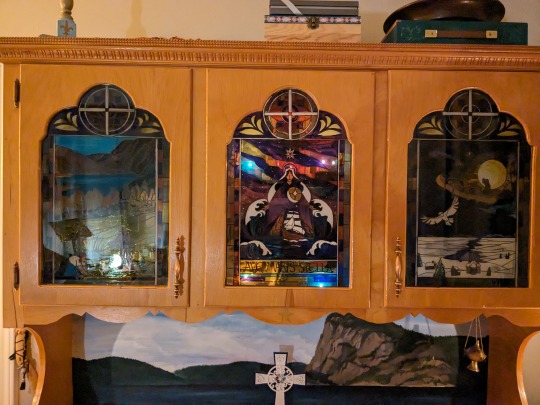


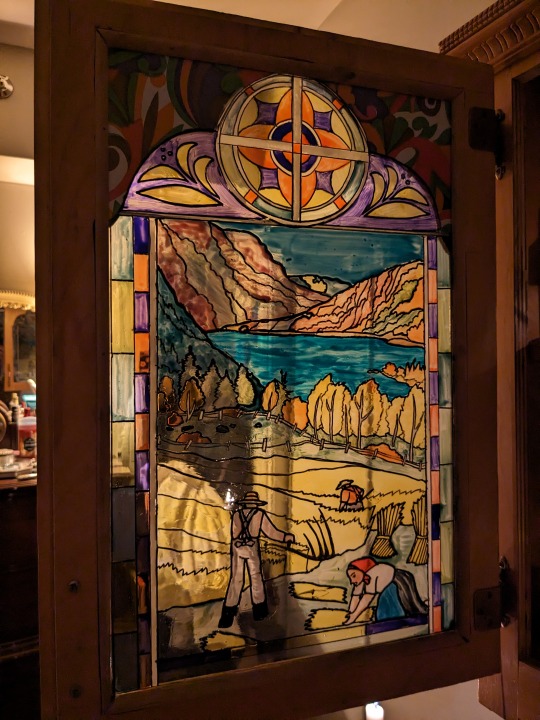


I finished my stained glass painted windows today, and I'm so proud of them! The window's scene selections were to highlight important parts of my path as a catholic folk practitioner in my Quebec and Acadian culture. The scene on the right is a painting originally by Clarence Gagnon (Harvesting, c.1928-33) portraying some farmers in the fields of Charlevoix. The center window showcases the Star of the Sea, patron saint of the Acadians, keeping a ship safe in an ocean storm. (My own design). And the last window shows a scene from the folk tale "la chasse-galerie" from Honoré Beaugrand, when a group of woodsmen make a deal with the Devil to fly in an airborne magic canoe to visit their families on New Year's Eve. My practice entails researching my family's agricultural lifestyles and crafts, their religious life, and their folk tales.
My next project will be to paint the medallions on the doors of the altar cabinet.
#french canadian#witchblr#folk magick#witchcraft#quebec#folk magic#christianity#acadia#altars#stained glass#folk art
20 notes
·
View notes
Text
April 3rd 2024
Entry #022
Laicity Law
Being Gen Z and religious in Québec (Canada) is a really strange experience.
(Incoming VERY long ramble about the experience of being Catholic under the Laicity Law.)
In 2019, Québec installed the Laicity Law ("Loi de la laïcitié de l'État"), which stipulates that any authority working for the State cannot show publicly any signs of their religious beliefs. For example, teachers (even private schools), State bankers, State attorneys, etc. can't wear any religious clothing or jewelry. If I were to be working in a museum, I'd have to hide my Rosary necklace under my shirts. It doesn't apply to students or the general public.
Being Gen Z and growing up with the mindset of loving everyone for who they are made me very reticent to the law in 2019, especially as I saw my Muslim friends being stressed out over this. Just this February, a group of people contested the law in court (which was denied). My feelings to that law changed a bit over time, though, especially with that mental exercise:
If I imagine any non-Catholic teacher coming up to school with religious clothing, I'd be okay.
If I imagine a Catholic nun teaching me with their full habit, I'd feel weird.
And it's a common observation amongst the younger Québécois (anecdotal, not proven).
The thing is, that law was made specifically due to the national trauma that we suffered under Catholicism. My parents grew up raised by nuns who would slap their wrists with a ruler, especially my mother as she is left-handed. My grand-parents are from the orphanage generation, the Duplessis Orphans, in which the Cardinal on Montréal signed a treaty with the president to intern all orphans into psychiatric institutions where they were basically enslaved and sexually abused continuously.
And so, of course I feel weird about being taught by an openly presenting Catholic, it's generational trauma! But it wouldn't be fair to just ban Catholics, and we don't want all that trauma to ever happen again... so the Laicity Law applies to every religion.
It's a bummer of a law, though I feel very sympathetic as to why it was put in place.
#journal du lys#christianity#catholic#catholicism#lapsed catholic#christian#québec#québécois#quebec#quebecer#duplessis#duplessis orphans#religious trauma#catholic guilt#french canadian
11 notes
·
View notes
Text
French Canadian (Québecois) Spidersona! 🤗

#miguel spiderverse#into the spider verse#spidersona#spiderman#across the spiderverse#miguel o'hara#spidersona fanart#miguel has buns#french canadian#québecois#spider cat
28 notes
·
View notes
Text
French Canadian folklore be like: And what if the devil shows up?
9 notes
·
View notes